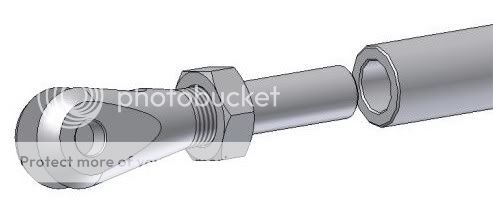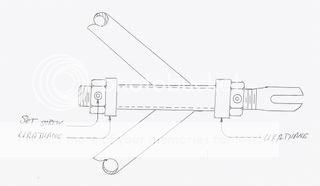Please bare with me on this one. I know it's something that's discussed from time to time on other forums. And I know the topic can sometimes get ugly. Because those discussions often turn for the worse, I end up not completely satisfied with the end result. I figured it would be safe to talk about it here.
I occasionally stumble across discussions about the dangers of using hairpins or wishbones with tube axles. I am not going into the details of why, I'm assuming the rest of you know what I'm talking about. I completely understand the logic in the idea/concern of others, but what I have never seen is evidence of the catastrophic failures claimed due to metal fatigue.
There are sooooo many rods out there with hairpins and tube front axles. Is this something we should be thinking about? Or can I relax, assuming safety in numbers.
Thanks in advance for your thoughts.
The forum worry wart, David
I occasionally stumble across discussions about the dangers of using hairpins or wishbones with tube axles. I am not going into the details of why, I'm assuming the rest of you know what I'm talking about. I completely understand the logic in the idea/concern of others, but what I have never seen is evidence of the catastrophic failures claimed due to metal fatigue.
There are sooooo many rods out there with hairpins and tube front axles. Is this something we should be thinking about? Or can I relax, assuming safety in numbers.
Thanks in advance for your thoughts.
The forum worry wart, David





